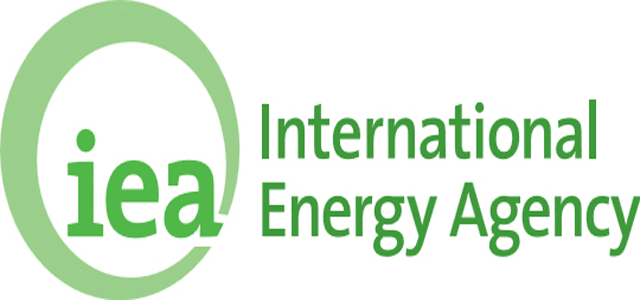Part 1 of 2 Parts
With governments worldwide turning their heads towards nuclear energy for energy security and environmental reasons, is there investor appetite to commit to the controversial power source?
Following the Fukushima Daiichi nuclear power disaster in March 2011, investment interest in clean nuclear energy fell dramatically. Forty-eight gigawatts of nuclear capacity were lost and sixty five reactors were shut down or did not have their operational lifetimes extended between 2011 and 2020.
However, the war in Ukraine and the drive to net zero carbon emissions have caused a shift in sentiment, highlighting the need for energy security.
The uranium spot price is a barometer for investor interest in nuclear power. Since March 2020 it has risen from twenty-four dollars and sixty-six cents per pound to seventy-one dollars and sixty-four cents as of April 2024. In addition, governments and agencies across the globe have started to recognize the power of nuclear energy in stabilizing the energy triangle and achieving real-world decarbonization.
In 2022, the International Energy Agency (IEA) issued a report that said nuclear energy can “help make the energy sector’s journey away from unabated fossil fuels faster and more secure”, with nuclear power being “well placed to help decarbonize electricity supply”.
In addition to this, at the end of COP28, the First Global Stocktake called for an acceleration of low-carbon technologies including nuclear energy. The big question is whether asset owners are turning their heads towards the energy source.
Hortense Bioy is the head of sustainable investing research at Morningstar. She argues that the opinion of many investors towards nuclear has “changed” in recent years, with more asset owners interested in the asset class but appetite remains “relatively low”.
Bioy explains that “As carbon has become the primary focus in efforts to stem climate change, a reassessment of the role of nuclear as a baseload power source—alongside more-volatile wind and solar clean energy—has led to a series of about-faces.”
Gjermund Grimsby is the chief advisor for climate change at KLP which has seventy billion dollars of assets under management. At the Climate Investment Summit last week, he acknowledged the importance of nuclear energy going into the future but stated that governments must “develop the regulatory framework and cost efficiency” for pension funds like KLP to commit to the energy source.
On the side-lines of London’s Climate Action Week, investors said that there will be an increase of investment in nuclear energy as we strive for a less carbon-intensive world. One professional mentioned a “renaissance” between the revival of nuclear energy and nuclear weapons escalation.
Universities Superannuation Scheme (USS) is the largest pension fund in the U.K. with one hundred and fifteen billion dollars of assets under management. It has not made any “decisions in respect of investing in new nuclear”.
However, a spokesperson for USS said that it is “interested” in potentially committing to nuclear energy, “as long as we are satisfied that the risk-reward characteristics, including supportive economic regulation, represent financial value for USS and its members”.
U.K. master trust Nest has fifteen billion dollars of assets under management. Nuclear energy is within its “investable universe” but it has no current plans to invest in the infrastructure, a spokesperson explained.
Please read Part 2 next

